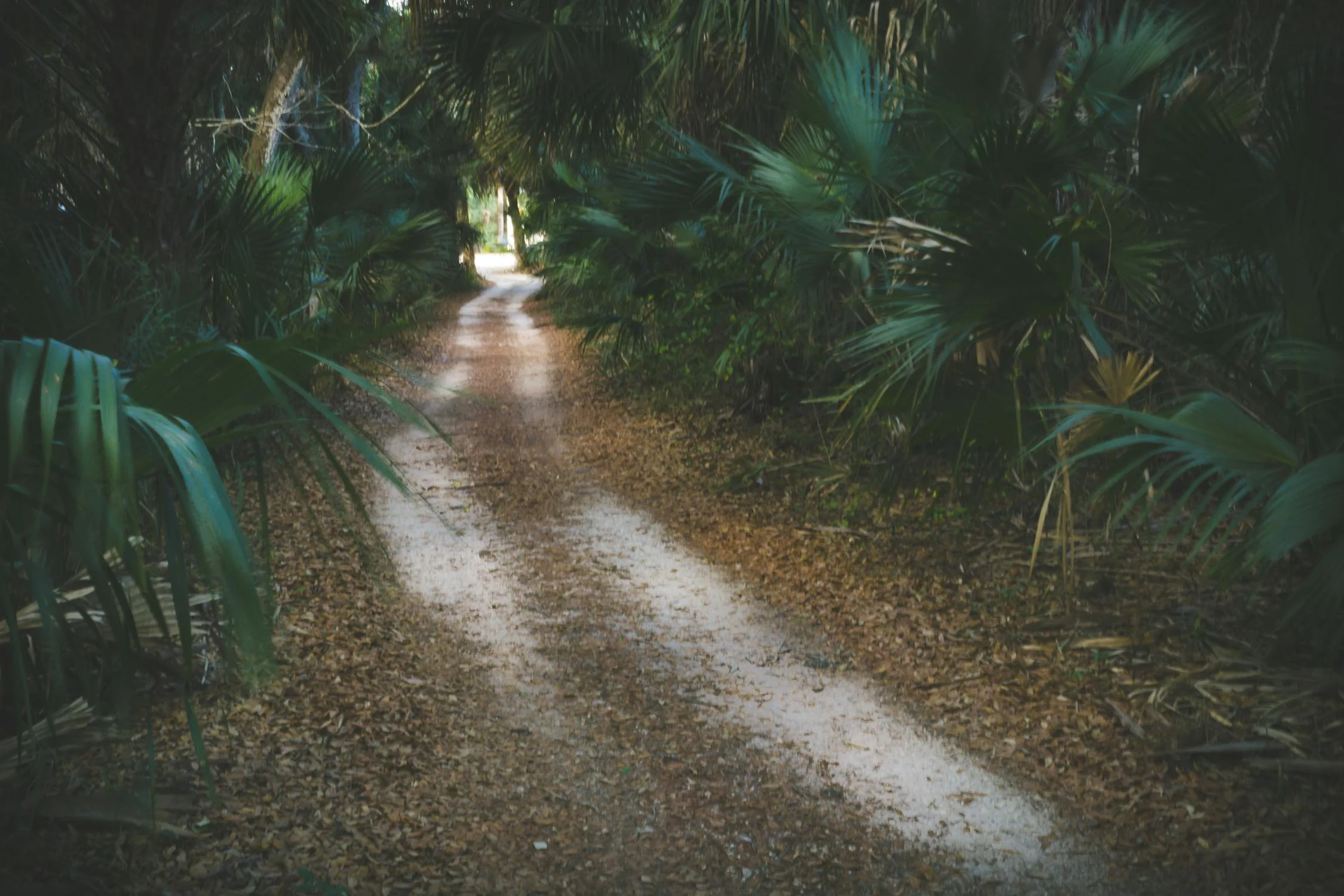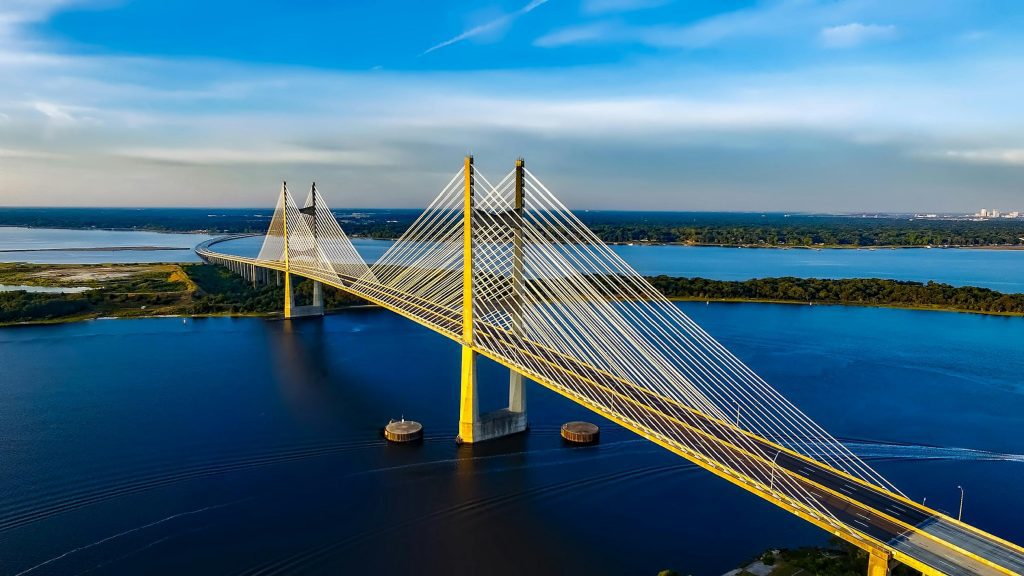Welcome, fellow explorers! As a passionate traveler with a deep love for soaking in local culture, history, and unique experiences, I’m thrilled to share insights to help you prepare for a journey to the Sunshine State. Florida is a place of incredible diversity, offering everything from bustling metropolises and world-famous theme parks to tranquil beaches, fascinating wildlife, and hidden historical gems. Planning your trip effectively ensures you can truly live the culture, not just visit it.
These essential Notes When Traveling to Florida are designed to help you navigate this vibrant state and make the most of your adventure.
Florida’s appeal lies in its contrasts. You can spend your mornings exploring vibrant urban art scenes, your afternoons kayaking through mangrove tunnels, and your evenings sampling fresh seafood by the coast. Understanding the state’s geography and climate is key to packing appropriately and choosing the best time to visit. Whether you’re drawn by the allure of its famous attractions or the quiet charm of lesser-known spots, a little preparation goes a long way in uncovering the best of what Florida has to offer. These initial tips are just the beginning of your planning journey.
Planning Your Florida Adventure
One of the first Notes When Traveling to Florida should be about timing. Florida boasts sunshine for much of the year, but its climate varies significantly between seasons and regions. The high season typically runs from late fall through spring, offering cooler, drier weather ideal for exploring the southern parts of the state. However, this is also when crowds are largest and prices highest, especially during holidays and spring break.

Summer in Florida is hot and humid, with frequent afternoon thunderstorms. While it can be less crowded (outside of major theme parks), the heat can be intense, and it’s hurricane season from June 1st to November 30th. Shoulder seasons (April-May, September-October) often provide a good balance of pleasant weather, fewer crowds, and better value. Always check the forecast before you go and be prepared for sudden rain showers.
Getting Around the Sunshine State
Getting around is another crucial point in your Notes When Traveling to Florida. While major cities like Miami, Orlando, and Tampa have public transport options, exploring the state comprehensively often requires a car. Renting a car is highly recommended, especially if you plan to visit multiple destinations or explore natural areas and smaller towns off the beaten path.
Be prepared for traffic, particularly in and around major urban centers and during peak travel times. Parking can also be a challenge and expensive in popular areas. Alternatively, ride-sharing services are widely available in cities. For longer distances, domestic flights connect major airports, and trains/buses offer other options, though they may be less flexible than driving yourself.
Exploring Diverse Florida Destinations
Florida is a state of diverse landscapes and communities, each offering a unique experience. When jotting down your Notes When Traveling to Florida, consider which type of Florida you want to see. South Florida buzzes with Latin American culture, stunning beaches, and vibrant nightlife. Central Florida is synonymous with theme parks and family entertainment. The Gulf Coast offers serene, white-sand beaches and beautiful sunsets.
The Ultimate Guide to What to Eat in Austin Texas
Your Guide to the Michigan Map with Cities – Unlocking the Great Lakes State
Ultimate Guide to Weekend Trips From Las Vegas
North Florida has a more Southern feel, with historical cities like St. Augustine, natural springs, and coastal towns. The Florida Keys offer a laid-back, tropical atmosphere unlike anywhere else in the continental United States. From the energy of Miami to the natural beauty of the Everglades and the quiet charm of coastal villages like Cedar Key, there’s a Florida for every type of traveler.

Experiences Beyond the Ordinary
Adding unique experiences is key to truly understanding Florida. While beaches and theme parks are famous, dive deeper. My personal journey to Cedar Key recently, though focused on a rather unusual task of fixing a dock with a friend, highlighted the genuine, laid-back coastal life away from the major tourist hubs. Utilizing paddleboards as makeshift scaffolding to lift sections of a broken dock was certainly an unconventional use, born out of necessity and local ingenuity – a testament to finding unique solutions, much like finding hidden travel gems. This experience, messy and challenging as it was, offered a connection to the practical realities of living by the water and the satisfaction of hands-on work in a beautiful setting.
Beyond impromptu construction projects, Florida offers incredible natural experiences. Explore the Everglades, a unique ecosystem teeming with wildlife. Snorkel or dive in the clear springs of North Florida or the coral reefs of the Keys. Go kayaking or paddleboarding in mangrove tunnels. Discover state parks and nature trails. Attend local festivals, explore art galleries, or visit historical sites that predate European arrival in North America.
Savoring Florida’s Flavors
No Notes When Traveling to Florida would be complete without mentioning the food. Florida’s cuisine is a delicious reflection of its geography and cultural melting pot. Fresh seafood is paramount, from Stone Crabs (in season) and Key West Pink Shrimp to Grouper sandwiches and Apalachicola oysters. Don’t miss trying authentic Cuban food in Miami or Tampa – think Media Noche sandwiches, Cuban coffee, and Ropa Vieja.
The state is also famous for its citrus, so enjoy fresh orange juice or grapefruit. And, of course, there’s Key Lime Pie, especially authentic in the Florida Keys, made with tart Key limes, condensed milk, and a graham cracker crust. Exploring local farmers markets and smaller eateries often yields the most authentic and memorable culinary experiences, offering insights into the state’s diverse heritage.
Practical Tips for Your Trip
Here are some final practical Notes When Traveling to Florida. The Florida sun is intense; always wear sunscreen (high SPF), a hat, and sunglasses. Stay hydrated, especially during the warmer months or when active outdoors. Mosquitoes and biting insects can be prevalent, particularly in natural areas and during dawn/dusk – pack insect repellent.
Be aware of Florida’s diverse wildlife, including alligators, snakes, and various marine creatures. Keep a safe distance and never feed wild animals. Stay updated on weather conditions, especially during hurricane season. Booking accommodations and popular attractions in advance, particularly during peak times, is highly recommended to avoid disappointment and secure better prices. Finally, embrace the relaxed “Florida time” pace, especially in coastal and southern regions, and enjoy the unique blend of cultures.

Wrapping up my time in Cedar Key, despite the unconventional work project, left me mesmerized by the simple beauty of the place – the quiet bay, the passing boats, the feeling of connection to the water. It’s a reminder that even seemingly ordinary places in Florida hold unique charm and experiences if you look for them. As I head off to other adventures, the warmth and character of Florida stay with me.
Frequently Asked Questions About Traveling to Florida
What is the best time of year to visit Florida?
The best time to visit Florida for pleasant weather is typically during the dry season, from December to May. The peak is winter (Dec-Feb) in South Florida and spring (Mar-May) across the state, offering comfortable temperatures. Summer (June-August) is hot, humid, and prone to thunderstorms and hurricanes.
What should I pack for a trip to Florida?
Pack light, breathable clothing suitable for warm weather. Essentials include swimwear, sunscreen, a hat, sunglasses, insect repellent, comfortable walking shoes, and sandals. Bring a light jacket or sweater for cooler evenings in winter, and rain gear (umbrella or light raincoat) year-round due to unpredictable showers.
Is it necessary to rent a car in Florida?
While not strictly necessary in all cities, renting a car is highly recommended for most travelers, especially if you plan to explore outside of a single major metropolitan area or visit state parks and smaller towns. It offers the most flexibility to see diverse parts of the state at your own pace.
What are some must-try foods in Florida?
Don’t leave Florida without trying fresh seafood like Stone Crabs or Gulf Shrimp. Sample authentic Cuban cuisine, particularly a Cuban sandwich or Ropa Vieja. Enjoy fresh citrus juices and, of course, Key Lime Pie, especially if you visit the Florida Keys. Explore local eateries for regional specialties.

